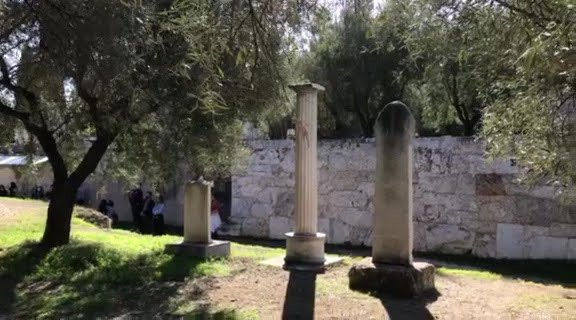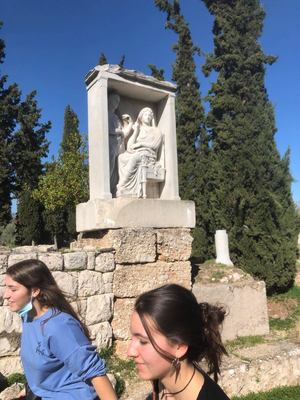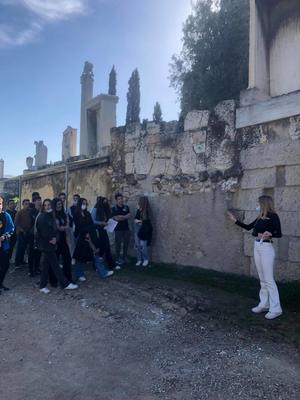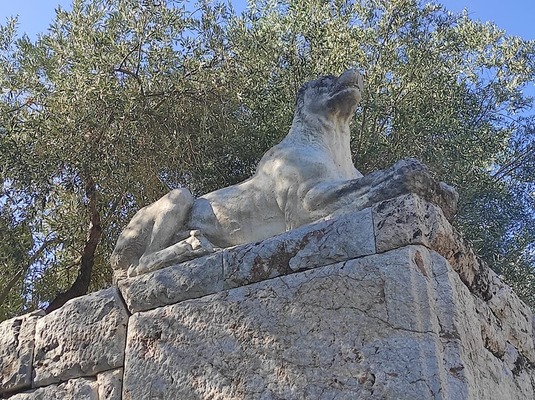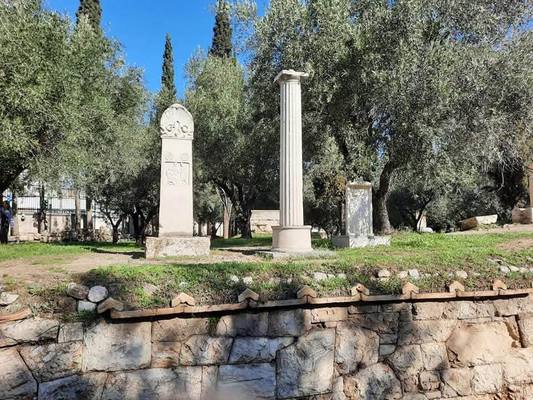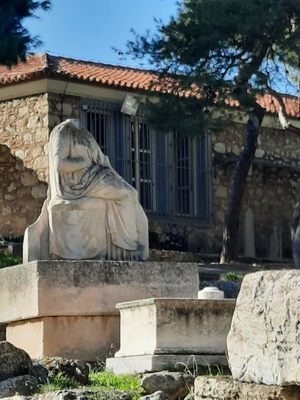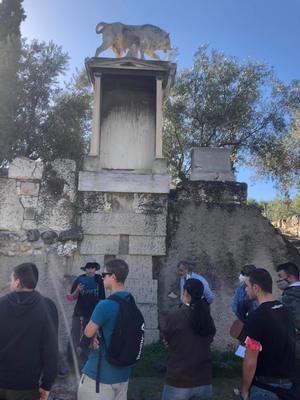VISIT TO THE ARCHAELOGICAL SITE OF THE KERAMEIKOS (3/11/2021)
Our students visited the archaelogical site of the Kerameikos, a small part of the ancient Attic Deme of Kerameon, one of the largest demes of ancient Athens. The Kerameikos (from the Greek word for pottery) was a settlement of potters and vase painters, and the main production centre of the famous Attic vases.
Those parts of the Kerameikos that were located near the riverbank suffered continuously from the overflowing river, and so the area was converted into a burial ground, which gradually developed into the most important cemetery of ancient Athens and part of our city’s Historical Heritage .
The earliest tombs at the Kerameikos date from the Early Bronze Age (2700-2000 BC), and the cemetery appears to have continuously expanded from the sub-Mycenaean period (1100-1000 BC). In the Geometric (1000-700 BC) and Archaic periods (700-480 BC) the number of tombs increased; they were arranged inside tumuli or marked by funerary monuments. The cemetery was used incessantly from the Hellenistic period until the Early Christian period (338 BC until approximately the sixth century AD).
(Information from http://odysseus.culture.gr/h/3/eh351.jsp?obj_id=2392)
